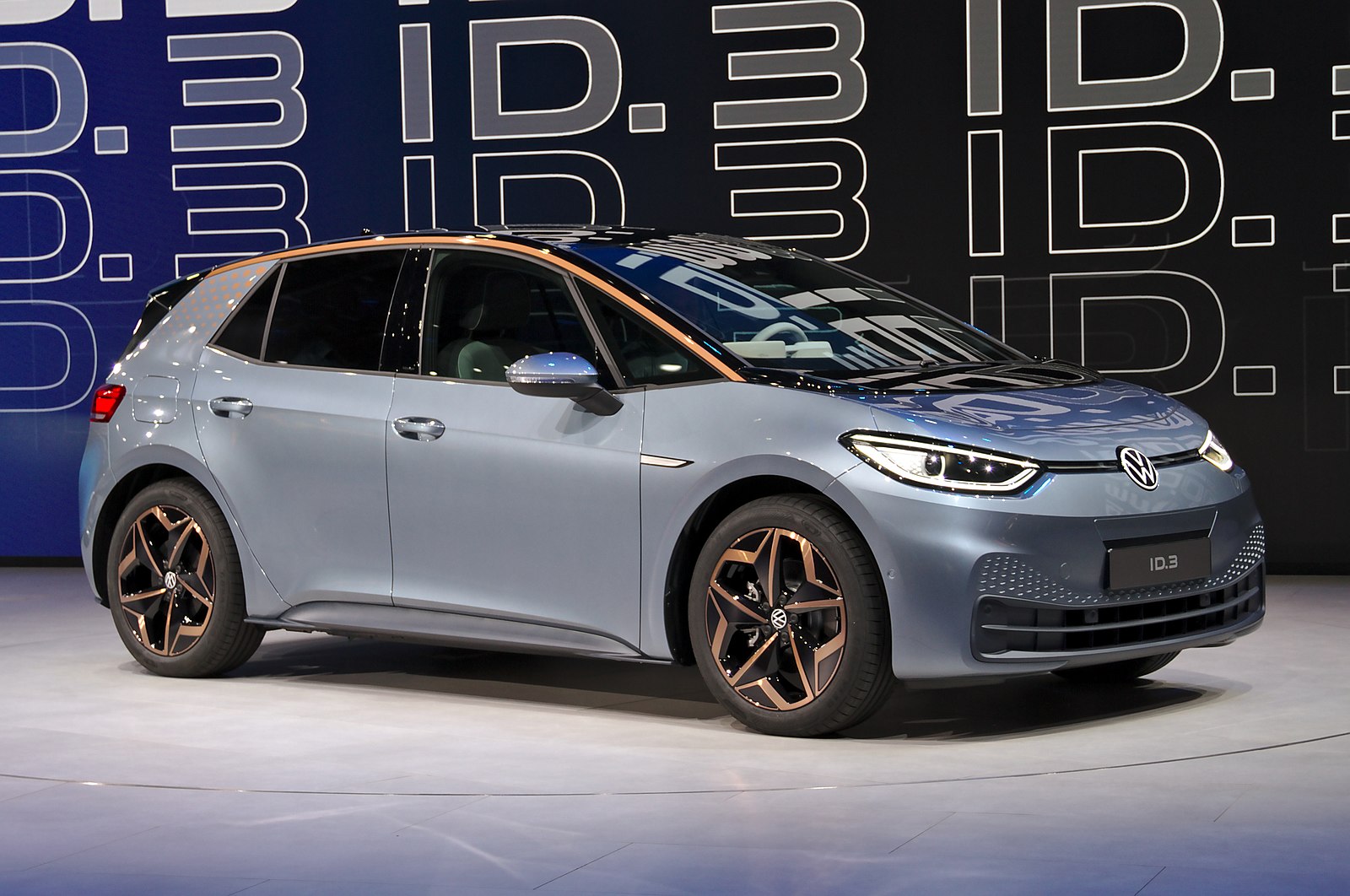Speaking yesterday, Volkswagen’s chief strategist, Michael Jost, said that electric car batteries could be used to provide stability and security to energy grids, Reuters reports. [Read: Washington state finally lifting ban on zero-emission vehicle mandates] To do this, Jost says VW cars could charge when there is surplus energy created by the grid and then sell that electricity back in times of increased demand. In countries where renewable energy is a main power source, this concept could be quite useful. It means all that excess electricity produced by wind farms on very windy days won’t go to waste. Within the next five years VW expects to have some 350 gigawatt hours worth of energy storage potential in its electric car fleet. The German automaker expects this to grow to over 1 terawatt hours by 2030. According to the US Energy Information Administration, the average US home uses about 11,000 kilowatt hours (0.011 gigawatt hours) of electricity per year. 1 terawatt hour would be enough to power entire towns and cities for weeks at a time. And that’s based on the expectations of just one manufacturer! Imagine the capacity if every EV brand supported this idea. Where cars become batteries permanently attached to the grid is an ideal scenario, but it’s unlikely to be the case.
It won’t be easy
Indeed, one of the biggest challenge with this kind of idea is managing the flows of energy. Let’s assume you drive an EV and put it on to charge when you get home from work. When you unplug it in the morning, you certainly want enough charge in it to go about your day. You won’t want to sell all of your car’s energy, so driver’s need to be able to place restrictions on how much power is traded back and forth. This could all be managed by charging points. When you plug in you set how much power you want the car to have in the morning, and any excess can be traded back and forth. VW isn’t the first car company to explore the possibility of “vehicle to grid” (V2G) systems. Nissan has already brought V2G features to its electric vehicles. The only catch is that specialist charging locations or hardware must be used so that energy can be sold back to the grid. UK energy supplier OVO, and car Nissan are currently trialing a system that lets Leaf drivers sell energy back into the grid. So these types of systems might be a reality sooner than we think.
